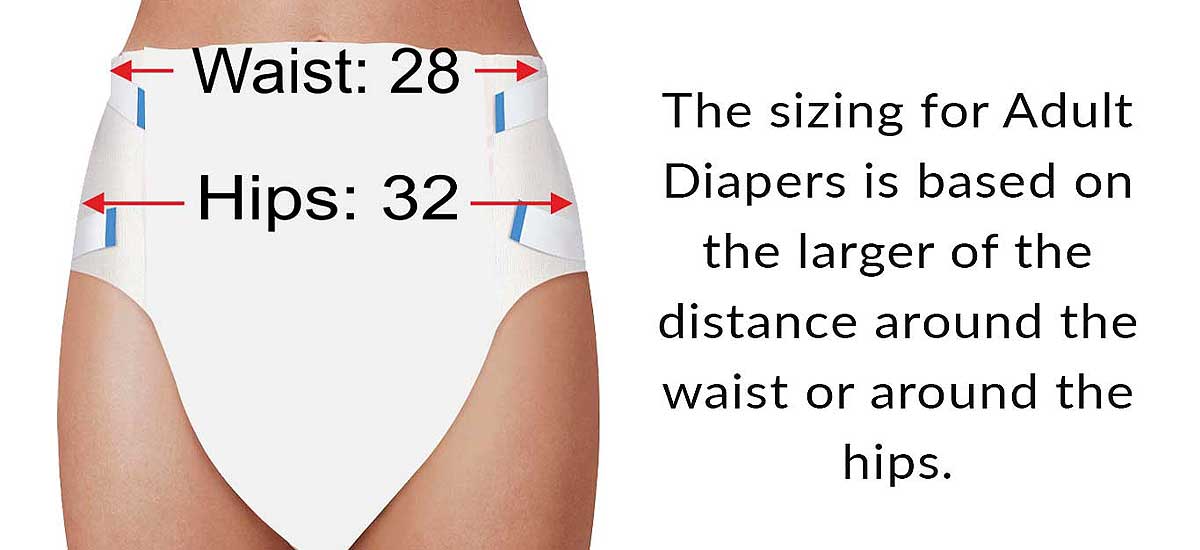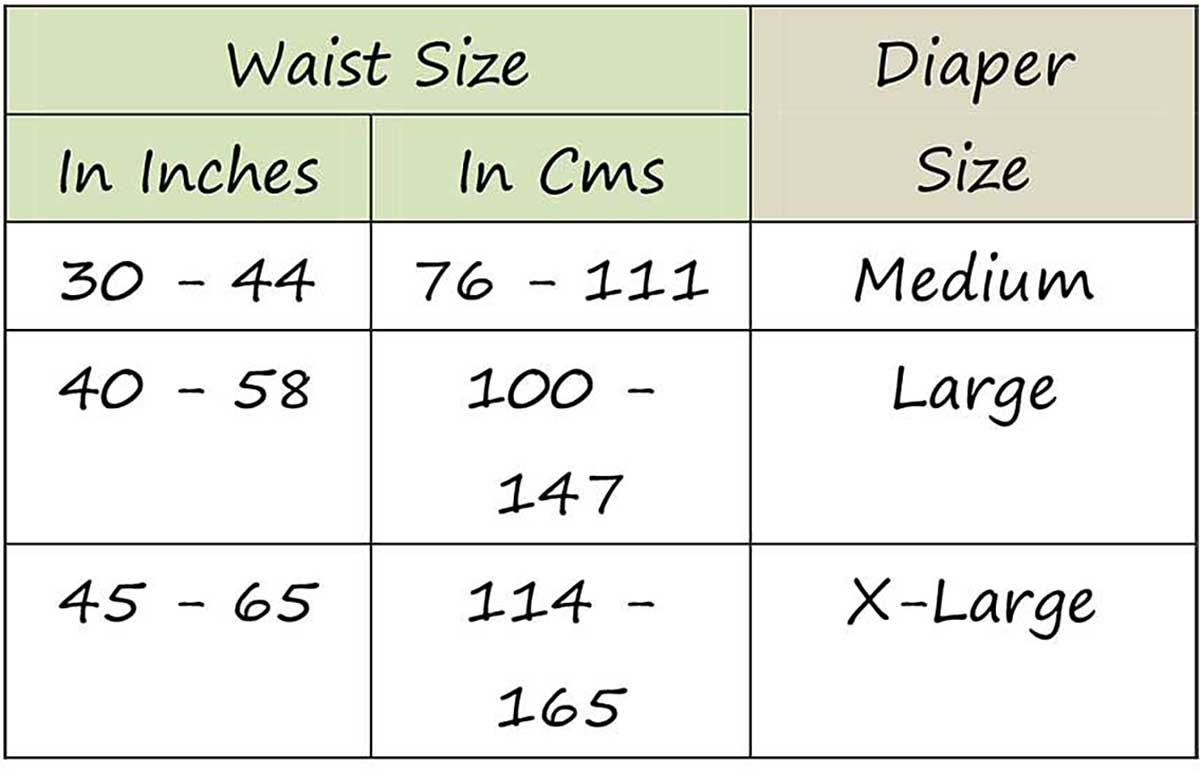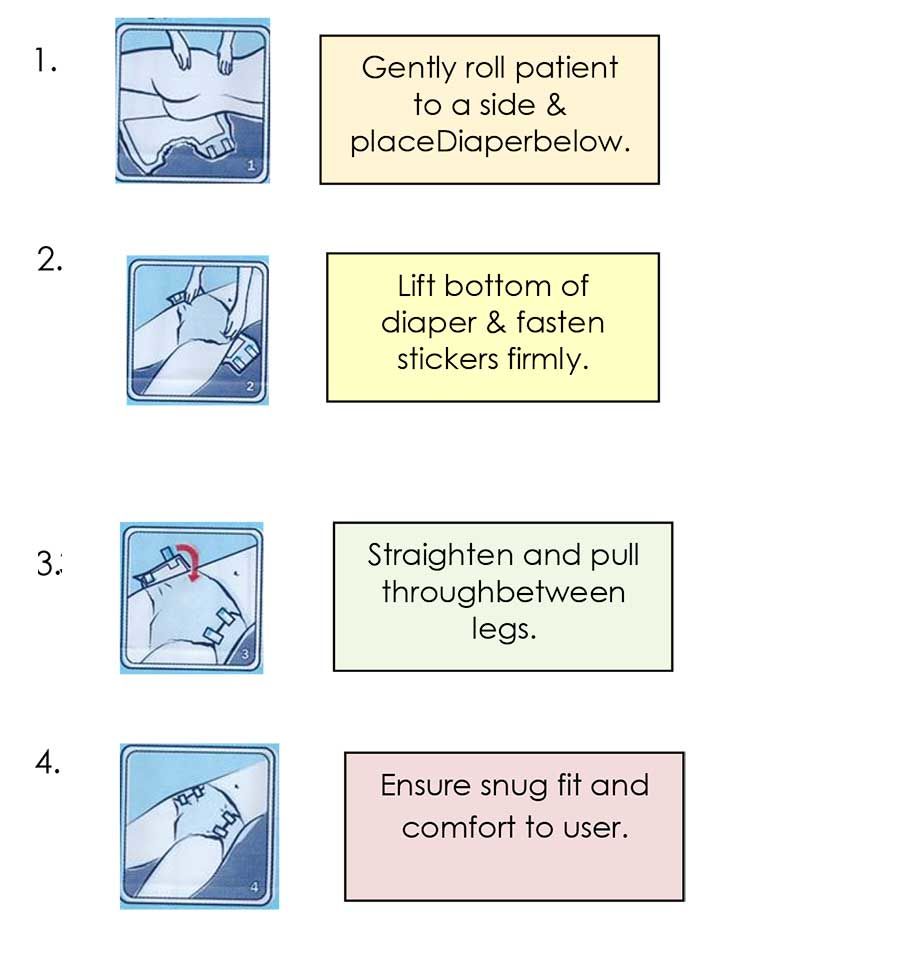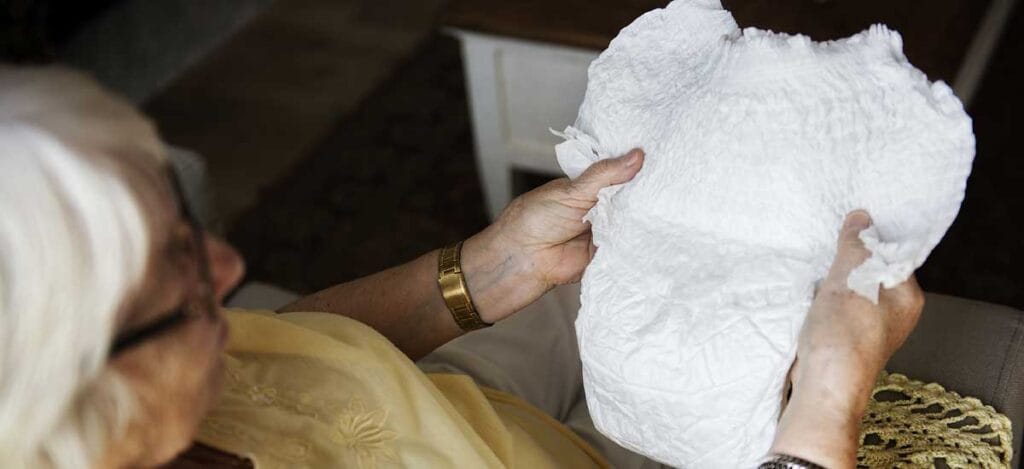Introduction
What is urinary incontinence?
Urinary incontinence (UI) is any involuntary leakage of urine caused by poor bladder control.It can happen to anyone, but becomes more common with age. Urinary incontinence is more common in women and older people. Incontinence is reported to affect one in 3 women and one in 10 men.
Indicators
- Frequent visits to the toilet to pass small amounts of urine (more than 8 times in a 24-hour period).
- Feelings of a strong and sudden desire to urinate and being unable to hold on.
- Having to pass urine several times during the night.
- A feeling of not having emptied your bladder even though you’ve just urinated.
- Leaking urine when you laugh, cough, sneeze or walk.
Adult Diapers
An adult diaper is a diaper made to be worn by Adults to differentiate them from those worn by infants more commonly known as baby diapers. Diapers can be necessary for adults with various conditions, such as incontinence, mobility
impairment, severe diarrhea or dementia.
Adult diapers are made in various forms, including those resembling traditional nappy diapers, underpants etc. Absorbent incontinence products come in a wide range of types with varying capacities and sizes.
Choosing the right Adult Diaper
Disposable Adult Diapers are primarily of two types- the traditional nappy type & the pull on type (also called adult briefs and adult pants). Choosing between the two types is usually determined by the condition of user, Pull on type for active persons and nappy type for the bed ridden, or invalid.
Commonly Adult Diapers are Unisex and the same type are used by both men & women.
Diaper Sizes
Adult Diapers are available in sizes denoted as small, medium, large, extra large.

The table below shows a guide for choosing sizes but like we have mentioned earlier these will be approximate and by no means definite.

How to wear a Diaper?

Things You Need
- Gloves
- Anti Rash Talcum
- WetWipes
- Diaper
Activation prior to use

How Long can you wear one ?
There is no fixed duration but is more determined by the quality of diaper to hold. A good one can hold close to 750 ml without feeling soggy. This translates loosely to about 6 to 8 hours of normal use.
Wetness Indicator
The wetness indicator signals when brief should be changed. The indicator will disappear with time, indicating that it is time to change the diaper.
Disposing the disposable
Adult disposable diapers provide convenience If you decide to use disposable diapers, disposing them properly helps you remain sanitary minimizing odour and environmental impact.
- Dump solid waste if any from diaper in the toilet whenever possible.
- Removing faeces from the diaper before disposing of it help minimise odour and bacteria.
- Roll the diaper in on itself to contain the soiled area inside, and tape it closed with the flaps.
- Place the diaper in a bucket a liner and a secure lid.
- Remove the liner, and place it in an outdoor garbage can.
- Sanitize the inside of the bucket and keep dry.
Proper disposal also means being considerate to others. As of now most Diapers are not bio degradable so take care and be a responsible Diaper User.
Inventory
Just in time is not a good strategy for diaper stock. Normal cycles demand 2-3 diapers a day, which means a pack of 10 will last between 3 to 5 days. This means 60 to 90 pieces a month. A fortnights stock will be ideal which should be 3 to 5 packs.
Since the shelf life of Adult Diapers are considerable there is no worry in keeping stock.
Glossary
SAP
Superabsorbent polymers (SAP) are polymers that can absorb and retain extremely large amounts of a liquid relative to their own mass.
ADL
Acquisition and Distribution Layer: Also known as ADL, it is a sub layer used between the top sheet and the absorbent core.
This sub layer is specially needed when the absorbent core is very thin -the sub layer quickly moves liquids into the absorbent core and reduces potential leakage. The ADL is very important to provide a sense of dryness to the skin, providing additional separation between the wet pad and the skin.

